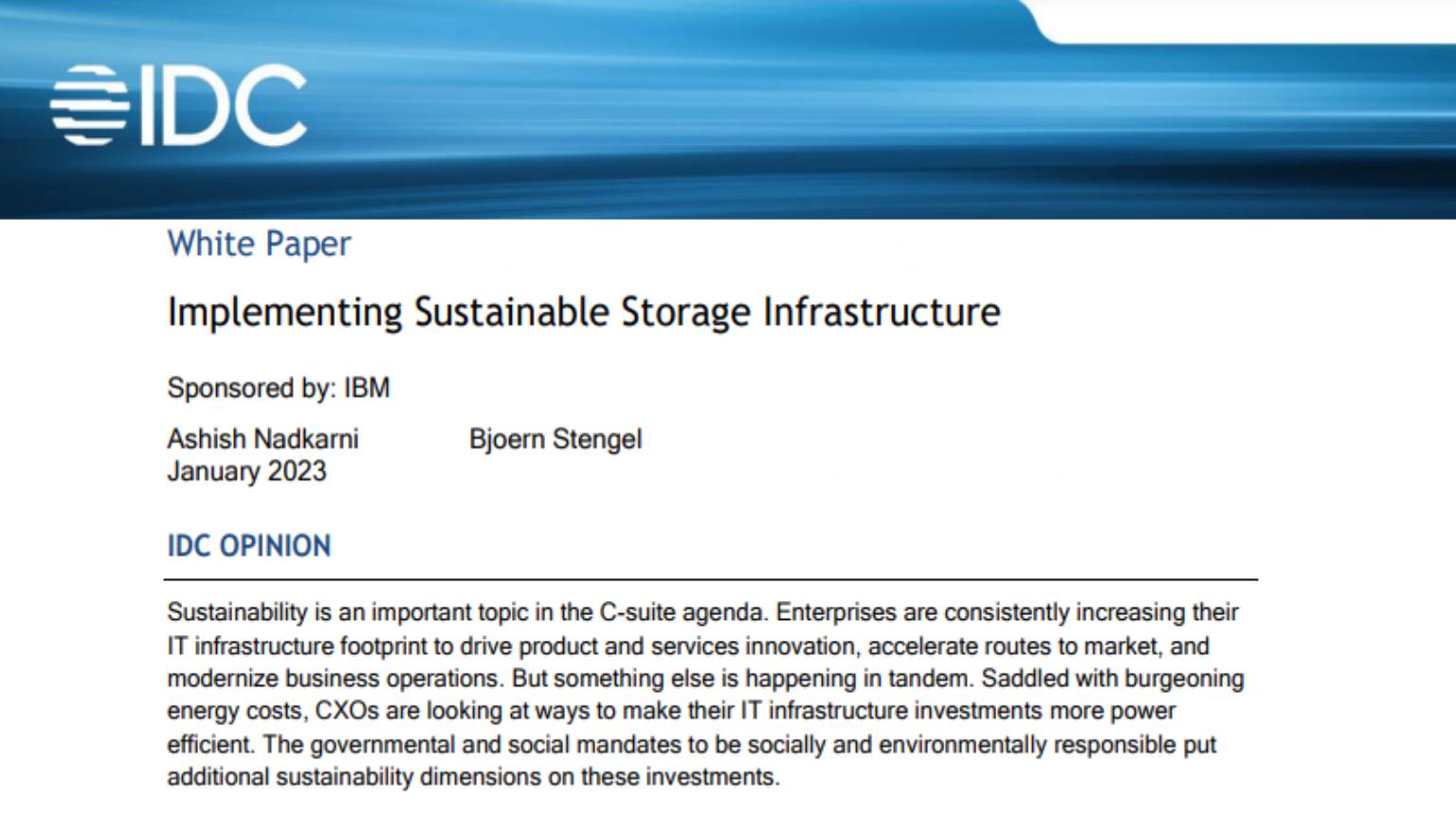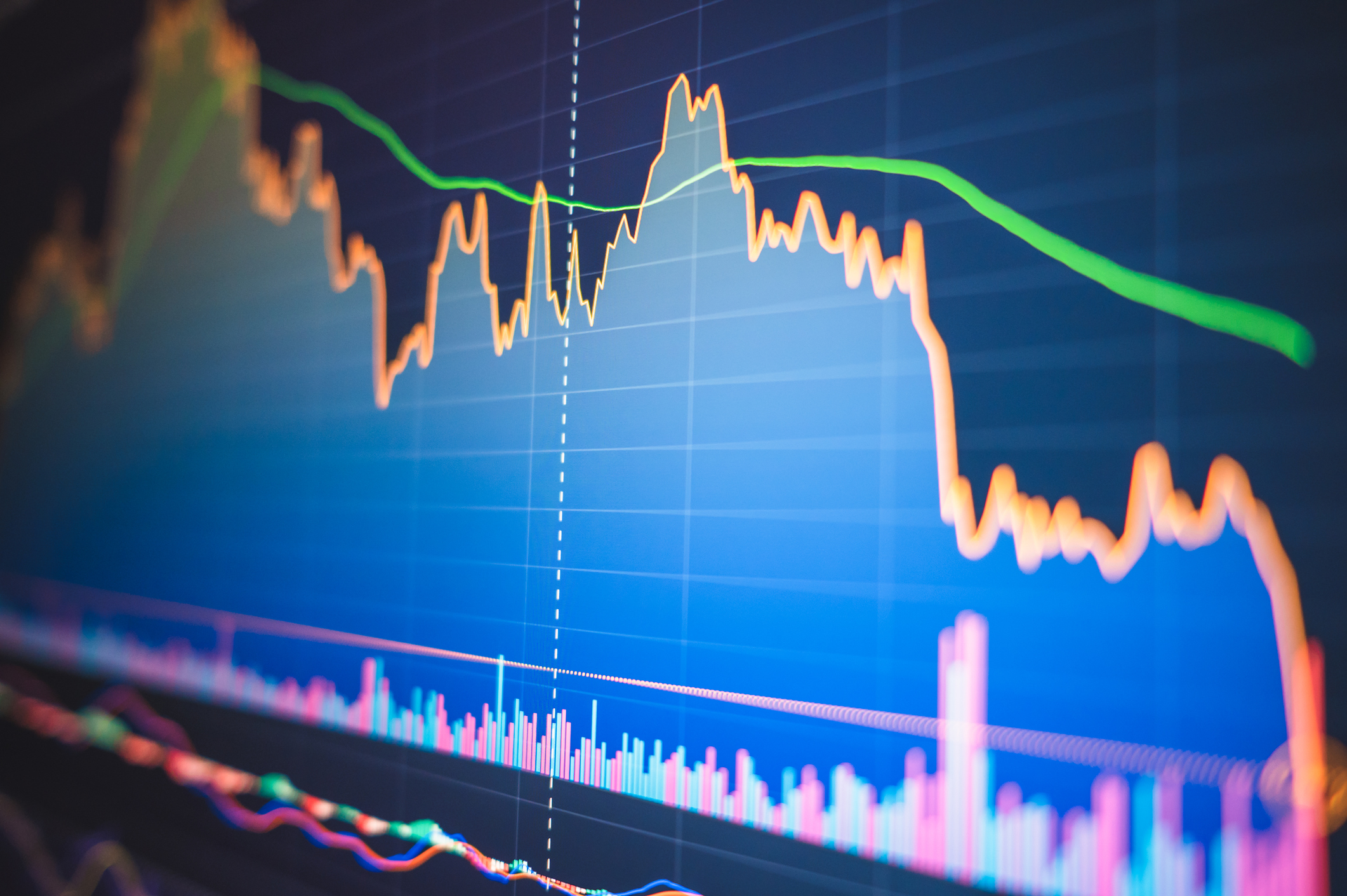CIO strategies for getting a grip on sustainability
Chief information officers can play a key role in ensuring technology and sustainability strategies are aligned


The modern chief information officer (CIO) has to wear many hats: managing IT systems, overseeing IT budgets, building IT teams, and, increasingly, leading the charge to improve the sustainability of the IT function.
Having accelerated during the pandemic, the pace of digital transformation continues to surge, with the adoption of generative AI and other emerging technologies requiring a colossal amount of energy to power.
The enterprise technology industry is now responsible for generating between 350 and 400 megatonnes of CO2 equivalents annually, according to analysis by McKinsey & Company published last September. To put that into context, that’s equal to the entire CO2 output of the UK, and half of the total emissions that come from the aviation or shipping industry.
Clearly, technology strategies need to become more aligned with sustainability strategies. The problem is that just 49% of CIOs are actively involved with the wider leadership team in setting sustainability goals, and only 48% of this group are actually assessed on achieving their goals, according to Accenture research from last year.
So, how can CIOs take a more proactive role in driving the sustainability agenda?
Review your IT and tech systems
The traditional CIO role was once confined to identifying the best technologies to support the business, delivering efficiencies, and creating value. Today, they also need to consider how the technologies can improve the sustainability of operations and whether the technologies themselves are sustainable.
RELATED RESOURCE

Accelerating FinOps & sustainable IT
Discover how to optimize and automate cloud and data centers.
One in five business leaders surveyed by Accenture admitted they did not know if the technologies they purchased were sustainable, while 33% were struggling to make their legacy systems sustainable.
Sign up today and you will receive a free copy of our Future Focus 2025 report - the leading guidance on AI, cybersecurity and other IT challenges as per 700+ senior executives
“Existing carbon-hungry and inefficient technologies are holding back enterprises from reaching their sustainability goals,” says Krithika Bhat, CIO at Pure Storage, a provider of enterprise data flash storage solutions whose customers include Meta.
“Simply reviewing and addressing what is already observable, like investing in up-to-date, efficient technology, can have a radical impact on energy consumption,” Bhat adds.
Choose your vendors carefully
When it comes to deciding which technologies are best to purchase, CIOs should be looking up and down their technology stack to pinpoint the biggest culprits and find alternatives from vendors and suppliers that are taking steps to measure and reduce their own Scope 1 and 2 emissions. Scope 3 emissions – those that a company is not directly responsible for – could also be considered.
Private healthcare insurance group Bupa has set an expectation that suppliers that share the same net zero goals will always be preferred whenever possible, according to CIO Mark Glenn. The group is also adopting green software development principles and is moving to cloud technologies that are powered by green energy. On top of this, it supports equipment circularity, i.e. devices that are designed with the circular economy in mind, including end-of-life.
Other actions CIOs can take include putting pressure on their vendors and suppliers to commit to manufacturing greener devices where they’re not already doing so, argues Beate Flamm, senior vice president of sustainable change at ALSO Holding, a Swiss distribution and logistics company.
End-user devices can generate up to one and a half to two times more CO2 globally than data centres. And around half of these emissions can be slashed through sourcing changes, according to Flamm.
Regarding data centres, selecting regional hosting to reduce traffic between devices and servers will, in turn, reduce latency and power consumption.
Measure your environmental impact
It’s all well and good having green technology in place and relying on cloud providers that have made green pledges, but such actions are only truly effective if CIOs are capturing and leveraging data.
“Many businesses are unsure of their own energy usage costs and related stats, such as power and cooling or how many megawatts per hour are used to power technologies,” says Bhat.
CIOs need to be harnessing tools and monitoring software to help drive impactful change: measuring energy usage and costs. For example, the Microsoft Emissions Impact Dashboard enables its cloud users to monitor how much CO2 is being produced by services used across Azure, while Google has its Carbon Footprint tool.
Bupa has deployed sophisticated modelling systems that enable Glenn and his team to predict the impact of any proposal that’s designed to reduce carbon emissions. “The more accurately we are able to model these outcomes, the easier it is for the business to make informed decisions about next steps as well as maximise the benefits,” says Glenn.
Flamm advises: “Companies shouldn't look at overcomplicating metrics. Instead, they should measure those elements where the impact is highest, such as tracking the number of end-user devices purchased and in use, the current duration of use for each device, and the ratio of devices per user.”
Create a culture of enterprise sustainability
Once CIOs have captured data and have it at their fingertips, CIOs need to put it to work to improve sustainability initiatives. This should involve engaging employees, stakeholders and even customers.
RELATED RESOURCE

Implementing sustainable storage infrastructure
Learn how to make better storage infrastructure purchasing decisions.
“The role of the CIO goes far beyond simply managing the emissions of the technology estate. CIOs should drive the conversation about how new products and business models can serve customers better while driving sustainability,” argues Glenn.
Sustainable technology can contribute value across the board, according to the Accenture research, with 53% of companies reporting it had helped them to meet ESG goals, while 48% have seen revenue increase as a result of implementing it.
In order to extract the most value possible, CIOs need to ensure that they bring everyone along on the sustainability journey.
“CIOs can help push forward a culture of enterprise sustainability, and the need to decrease emissions in IT from the top down,” Bhat concludes. “Creating this culture of sustainability can be an enormously effective method.”
Rich is a freelance journalist writing about business and technology for national, B2B and trade publications. While his specialist areas are digital transformation and leadership and workplace issues, he’s also covered everything from how AI can be used to manage inventory levels during stock shortages to how digital twins can transform healthcare. You can follow Rich on LinkedIn.
-
 Researchers claim Salt Typhoon masterminds learned their trade at Cisco Network Academy
Researchers claim Salt Typhoon masterminds learned their trade at Cisco Network AcademyNews The Salt Typhoon hacker group has targeted telecoms operators and US National Guard networks in recent years
-
 HPE says unified channel strategy won't force Juniper partners to generalize
HPE says unified channel strategy won't force Juniper partners to generalizeNews Does the company embrace specialists or want a full portfolio push? The answer, it seems, is both
-
 How to become a more collaborative leader in the post-COVID workplace
How to become a more collaborative leader in the post-COVID workplaceFeature Business management has evolved into collaborative leadership, but when an organization is working remotely how can business leaders put this into practice?
-
 What role can leadership training play in improving the workplace?
What role can leadership training play in improving the workplace?In-depth Leadership must be dynamic to fulfill its critical function within any organization seeking to deliver high-quality outcomes
-
 How to manage – and mitigate – performative working
How to manage – and mitigate – performative workingFeature An increasing number of people are putting on a show of working, rather than actually getting on with it
-
 What can you do with a business management degree?
What can you do with a business management degree?In-depth A look at what a business management degree involves and the various career opportunities that may become available once completed
-
 Tips for CISOs: Why a focus on 'Goldilocks' candidates may undermine your cyber security strategy
Tips for CISOs: Why a focus on 'Goldilocks' candidates may undermine your cyber security strategyIn-depth CISOs give their take on cyber security recruitment, and why talent diversity should be at the core of every strategy
-
 What is causing the tech industry's significant global decline in VC investment?
What is causing the tech industry's significant global decline in VC investment?In-depth With a backdrop of uncertain economic stability, are the recent significant drops in VC a symptom of the changing tech landscape or simply a re-setting of investment portfolios?
-
 How to make asynchronous collaboration work for your business
How to make asynchronous collaboration work for your businessIn-depth Asynchronous collaboration is loved by some, loathed by others. But if your business does support it, how do you make asynchronous collaboration work?
-
 Strategies for effective upward management while working remotely
Strategies for effective upward management while working remotelyIn-depth Upward management is a basic tenet of good business practice, but how has it been affected by remote working?

